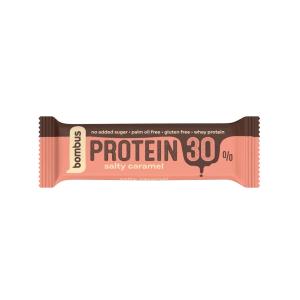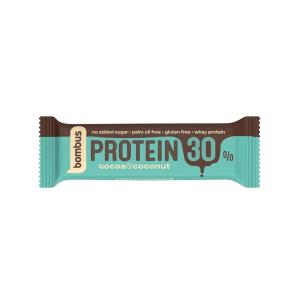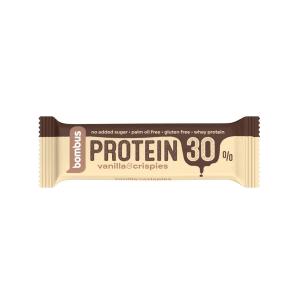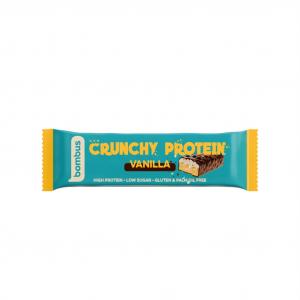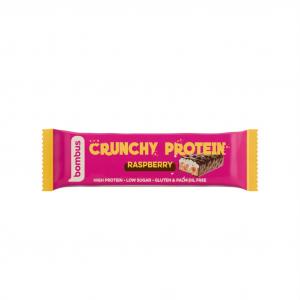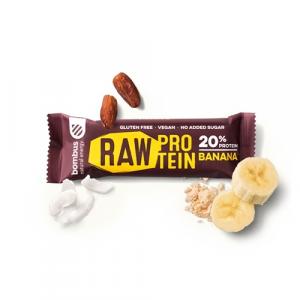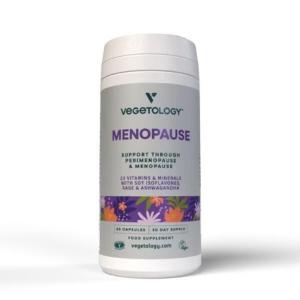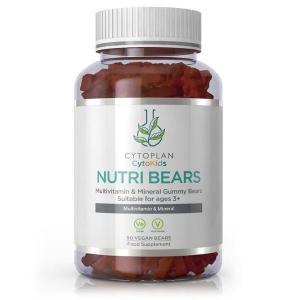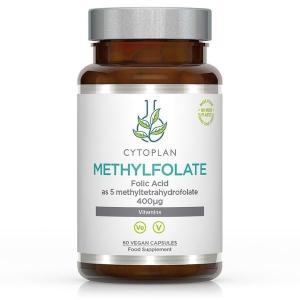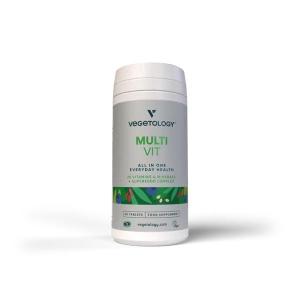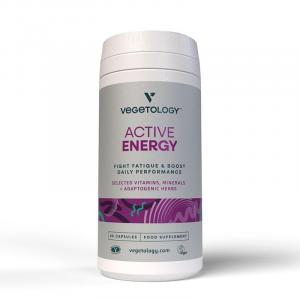
Tapioca is a great choice for a healthy and light diet.
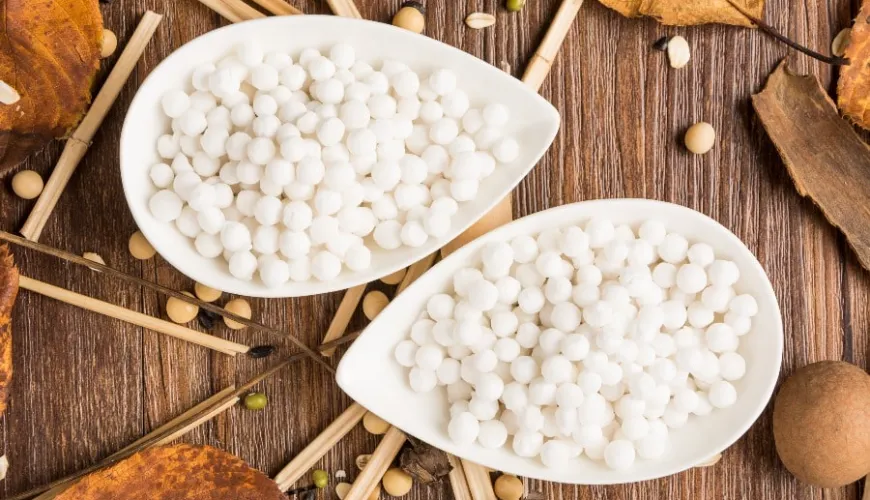
Tapioca: The Miraculous Ingredient from Tropical Regions
Tapioca, increasingly featured in modern gastronomy, has its roots in tropical regions where the cassava root (also known as manioc) is traditionally utilized as a staple food. Although raw cassava can be toxic, processing it into tapioca removes this toxicity and brings a healthy, nutritious, and gluten-free alternative to the table.
Tapioca is particularly popular for its ability to adapt to various culinary recipes, whether savory or sweet. Its neutral taste and slightly chewy texture make it an indispensable ingredient in kitchens worldwide, from Asia to Latin America to Europe.
How is Tapioca Made and What Forms Can It Take?
The process of making tapioca begins with the harvest of cassava, which is then peeled, crushed, and soaked. Starch is extracted from the cassava, which is then dried and processed into various forms. In stores, you can find tapioca in the form of pearls, flakes, flour, or powder, each with its specific culinary use.
Tapioca pearls are the most well-known and popular variant, especially in bubble tea beverages, where they provide a characteristic spherical texture. Tapioca in the form of flour or powder is excellent as a thickener in sauces, soups, or as an ingredient in gluten-free baking.
Try our natural products
Why is Tapioca Becoming More Popular?
One of the main reasons tapioca is so popular is its natural gluten-free nature. People with celiac disease or those avoiding gluten often use it as a substitute for traditional flours. Additionally, tapioca contains no allergens, making it a safe choice for a wide range of people with food intolerances.
Another reason is its high carbohydrate content, making tapioca a great energy source. Although it doesn't contain many vitamins and minerals, its lightness and easy digestibility make it ideal for dishes that serve as a quick energy source without burdening the stomach.
Try our natural products
Tapioca and Its Health Benefits
Tapioca has its place not only in the kitchen but also in healthy nutrition. Its low fat and cholesterol content make it a healthy ingredient for those trying to maintain a balanced diet. Furthermore, tapioca is often used as a substitute for less healthy ingredients because it contains no trans fats or saturated fats.
People with digestive issues often turn to tapioca products, as they are easily digestible and gentle on the stomach. Tapioca provides the body with energy in the form of complex carbohydrates without causing sudden blood sugar spikes, which is crucial for maintaining stable energy levels throughout the day.
The Use of Tapioca in Cooking
Tapioca finds wide application in many different cuisines and recipes. Its pearls, known from bubble tea drinks, give beverages a unique texture and experience. Tapioca pearls are also used in sweet dishes, such as puddings, where they create a soft, creamy consistency when cooked. Tapioca is often used in traditional Southeast Asian desserts, combined with coconut milk and sugar, resulting in a delicious sweet dish.
On the other hand, tapioca flour serves as a great alternative to traditional flours in gluten-free baking. Thanks to its neutral taste, it is suitable for bread, cookies, or cakes. Tapioca flour also effectively thickens sauces and soups, as it doesn't form lumps and leaves a smooth, silky consistency.
Tapioca in Modern Diets
In today's world, where more people are focusing on healthy eating and seeking gluten-free alternatives, tapioca is finding its place on restaurant menus and in home kitchens. Due to its versatility, tapioca is popular among chefs and home cooks who use it in a wide range of dishes.
Whether you're looking for a healthier alternative to traditional ingredients or just want to explore new flavors and textures, tapioca is a great choice. Its neutral taste and ability to adapt to different recipes make it an ingredient worth trying and incorporating into your daily diet.
Tapioca is a unique food that combines health benefits, culinary versatility, and fun culinary experiences. Whether you use it in traditional desserts, beverages, or as a gluten-free alternative in baking, tapioca offers a wide range of possibilities to enhance your kitchen and enrich your dining experience.
